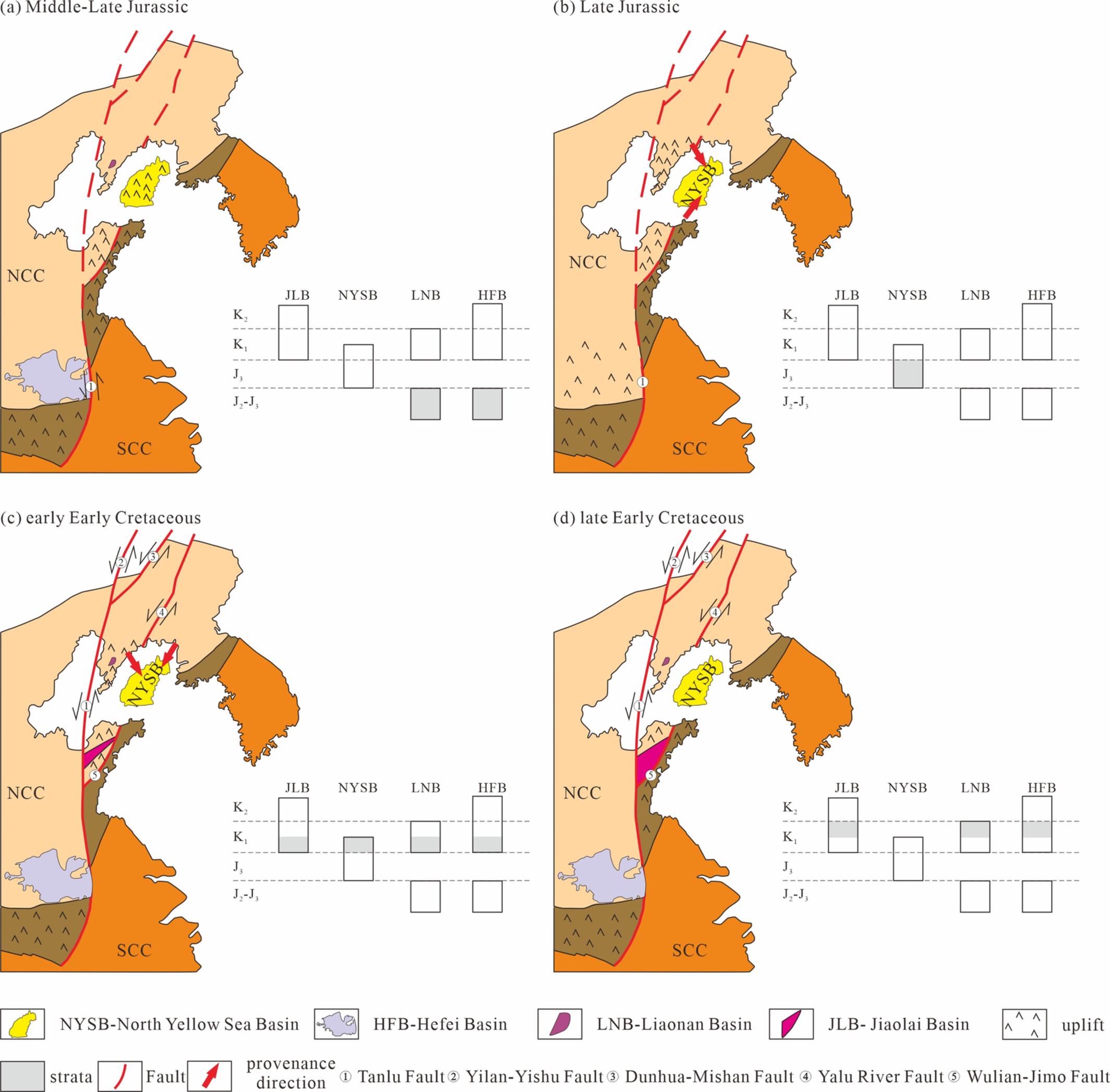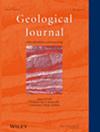Sedimentary Provenance Transition in the North Yellow Sea Basin During Tectonic Transition Period of the Eastern North China Craton in the Late Mesozoic and Its Tectonic Implications
Abstract
The North Yellow Sea Basin in the Eastern North China Craton preserves the Upper Jurassic–Lower Cretaceous, and the sedimentary processes of the basin provide clear tectonic transformation records. The Upper Jurassic–Lower Cretaceous detrital mode analysis of sandstone and Lower Cretaceous detrital zircon U–Pb chronology was used to trace the sedimentary provenance and discuss how the sedimentary process records tectonic transformation. The detrital mode analysis of the sandstone revealed significant compositional changes over time. There were more metamorphic lithics and less feldspar in the Upper Jurassic sedimentary rocks, and fewer metamorphic lithics and more feldspar in the Lower Cretaceous sedimentary rocks. These changes in sandstone composition suggest that the source area of the basin changed. Detrital zircon U–Pb geochronology indicated that the sources of Early Cretaceous sediments were no longer from the Sulu orogenic belt but originated from the Liaodong Peninsula and the Korean Peninsula. The change in the sediment source direction from the Upper Jurassic to the Lower Cretaceous in the North Yellow Sea Basin is a good record of compressional orogenesis during the Late Jurassic and transitioning to strike-slip and extensional processes in the Early Cretaceous.


 求助内容:
求助内容: 应助结果提醒方式:
应助结果提醒方式:


